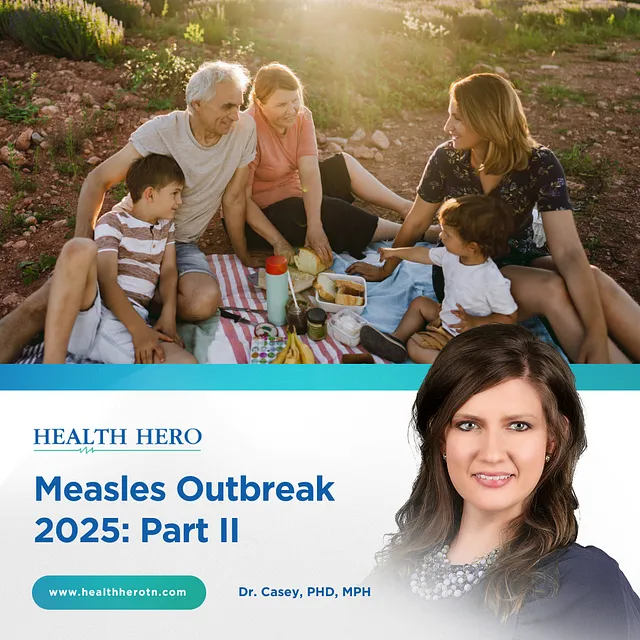Over the past few years, the COVID-19 pandemic has significantly impacted the transmission rates of various infectious diseases, including pertussis (commonly known as whooping cough). However, recent data indicates that the United States is seeing a return to pre-pandemic pertussis infection patterns, with more than 10,000 cases typically reported each year.
Current Statistics
The number of reported pertussis cases across the country has increased in 2024. According to the Centers for Disease Control and Prevention (CDC), preliminary data shows that more than three times as many cases were reported on June 24, 2024, compared to the same period in 2023. The current figures align with the numbers recorded in 2019, before the pandemic.
An area in Tennessee that has seen a significant increase in pertussis cases is Knox County. According to the Knox County Health Department, they are seeing numbers more than five times higher than usual, with nearly all the current cases involving unvaccinated children.
Symptoms in Children
Pertussis is a highly contagious respiratory disease characterized by severe coughing fits that can last for weeks. The symptom most recognized is the “whooping” sound made when a child breathes in after coughing. Other symptoms include:
● Severe coughing fits that can result in vomiting
● Difficulty breathing, especially in infants
● Runny nose and mild fever in the early stages
The disease spreads through close contact, making it particularly common in settings where children are in close proximity, such as schools and daycare centers.
Vaccination
Vaccination is the best way to fight infections, especially for children building their immune systems. According to the CDC, unvaccinated children are eight times more likely to contract pertussis than vaccinated children. The DTaP vaccine (Diphtheria, Tetanus, and Pertussis) is recommended for infants and young children, with booster shots later in childhood. Despite the effectiveness of the vaccine, immunity can fade over time.
Protecting Your Children
- Ensure Vaccinations are Up to Date: Ensure your child is vaccinated according to the recommended schedule. This includes getting booster shots as needed.
- Watch for Symptoms: Watch for signs of pertussis, especially the distinctive coughing fits and whooping sound. Early diagnosis can help manage the disease more effectively.
- Practice Good Hygiene: Teach children to wash their hands regularly and cover their mouths when coughing or sneezing to reduce the spread of germs.
- Keep Sick Children Home: If your child shows symptoms of pertussis or any other contagious illness, keep them home from school or daycare to prevent spreading it to others.
Moving Forward
Parents must understand the signs to protect their children as pertussis cases rise. Vaccination remains the best route to fight against pertussis, helping not only your child but also vulnerable infants and others they come in contact with.
If you have any questions or concerns about your child’s vaccinations or health, ensure you contact your healthcare provider to get the answers you need.


